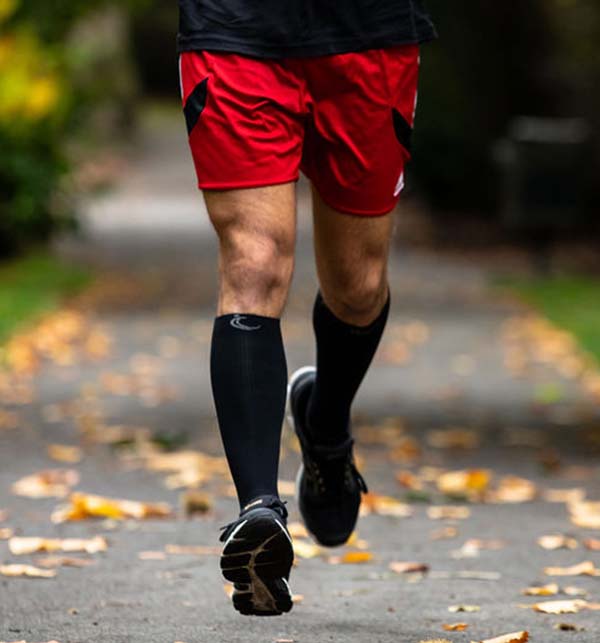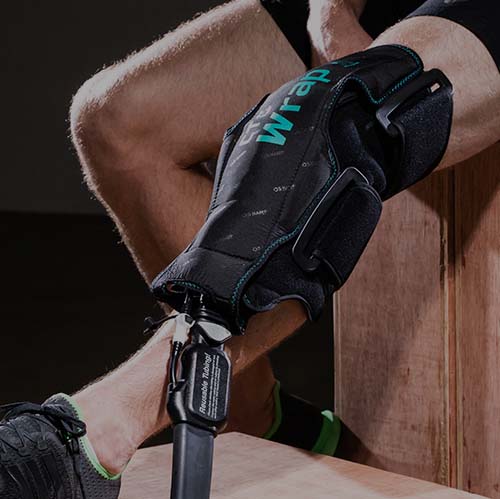We’ve all been there… you’re mid-marathon when your hamstring seizes up, or perhaps you’re just drifting off to sleep when you get a sudden excruciating pain run through your calf. Muscle cramps are involuntary muscle contractions that can range from mildly annoying to outright agony. Although nearly always harmless, they’re undoubtedly uncomfortable. But fear not, for there are ways to prevent muscle cramps before they take hold. In this article, we’re going to answer some common questions about muscle cramps and outline some ways to beat it.
First things first, let’s delve into the causes behind the cramp. Dehydration is a major factor. When your body loses fluids, it disrupts the balance of electrolytes – minerals like sodium, potassium, magnesium, and calcium – that are crucial for proper muscle function. This imbalance can lead to those recognisable muscle twitches and spasms.
Another common cause of cramp is muscle fatigue. Whether you’ve pushed yourself a little too hard during a workout or spent hours on your feet, overworked muscles are more prone to cramping. Improper stretching, particularly before exercise, can also tighten muscles and make them more susceptible to cramping.
Now that we know what causes cramp, let’s explore some ways to mitigate the risk.


Are Compressions Socks Effective in Preventing Cramps?
The question of “do compression socks help with leg cramps?” is a popular one. Compression socks apply gentle pressure to your legs, which can improve circulation and blood flow. This can then help reduce muscle fatigue and cramping. Studies on the effectiveness of compression socks for preventing cramps are mixed, but some research suggests they may be beneficial, particularly for pregnant women and athletes.
Generally, muscle cramps are harmless and resolve on their own within minutes. However, in rare cases, severe or prolonged cramping can lead to muscle damage or tearing. If you experience persistent cramping, significant pain, or swelling, it’s vital that you consult a doctor or medical professional to rule out any underlying medical conditions that could cause long-term damage.
As harmless as they may be, muscle cramps are inconvenient at best, especially if they arrive during athletic activity, and painful at worst.


Considering a Compression Therapy Device?
Products like the CTC-7 from G&N Recovery offer another approach to muscle recovery. The CTC-7 offers cryotherapy, thermotherapy, contrast (hot and cold) and compression therapy treatments to improve recovery and rehabilitation for injuries and medical procedures. It can target specific muscle groups, promoting relaxation and recovery, and reducing tension.
This combination of treatments can be very effective in managing muscle soreness and could potentially aid in preventing cramps. To find out more about CTC-7, don’t hesitate to Contact Us. We’re always happy to discuss your requirements and how we can help.
We use cookies to help improve our services, make personal offers, and enhance your experience. If you do not accept cookies, some of our optional cookies may affect your experience.